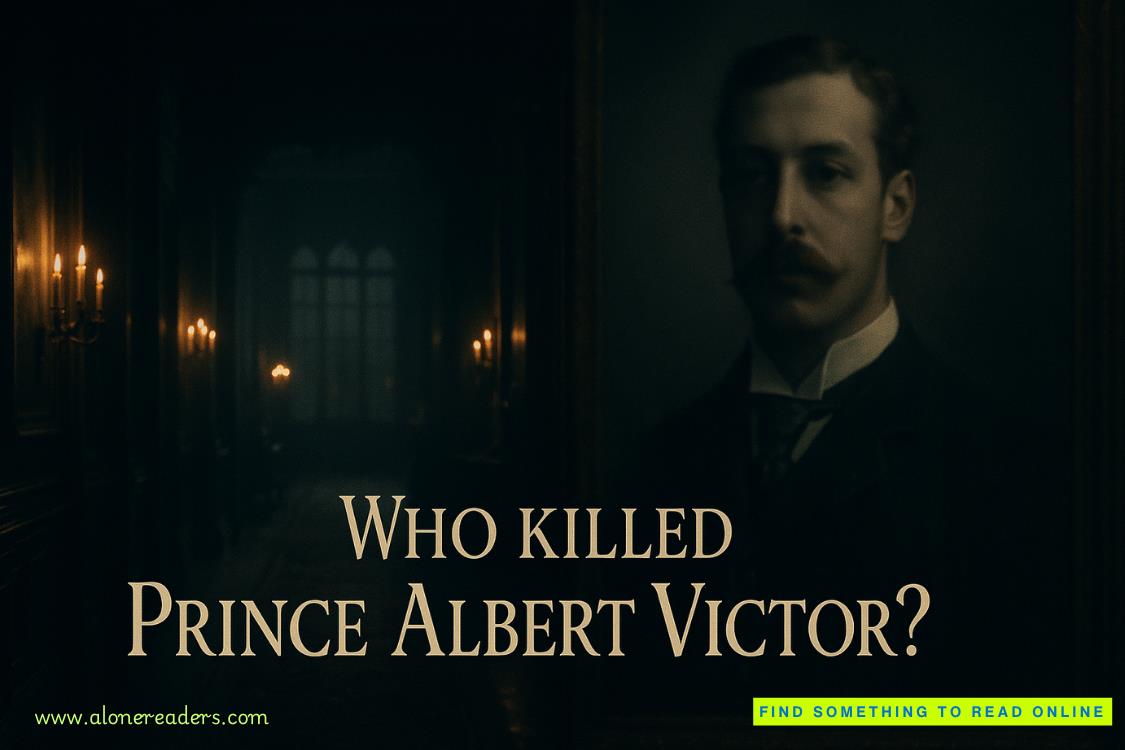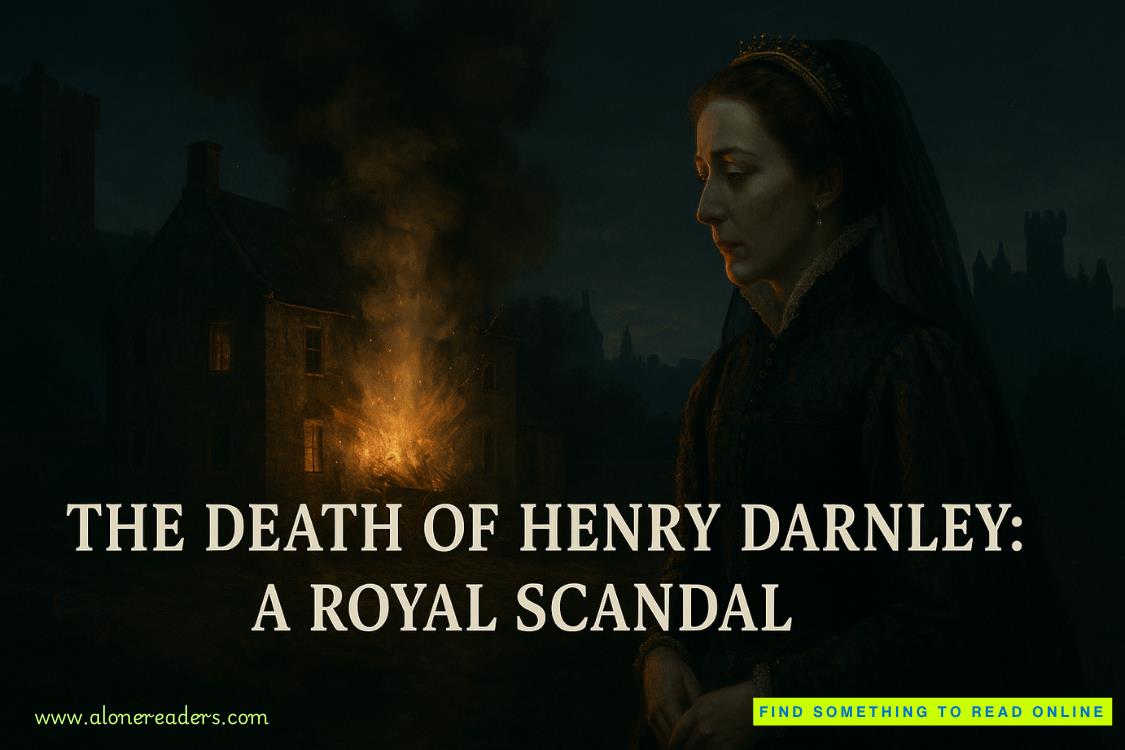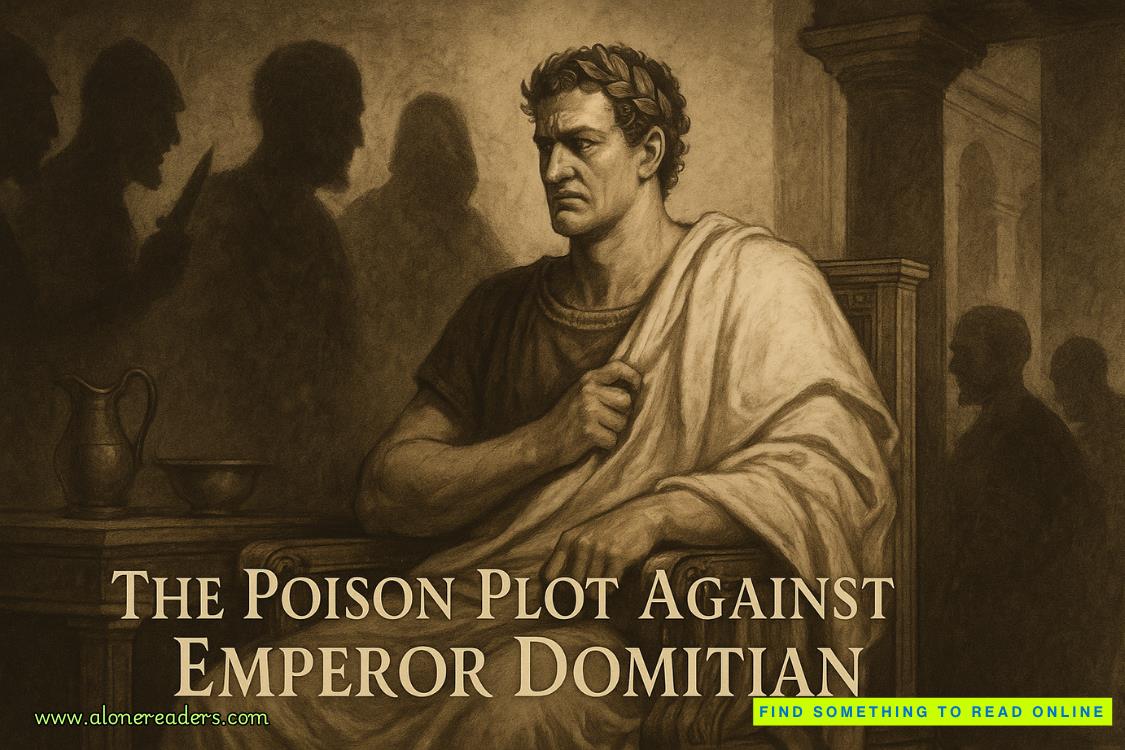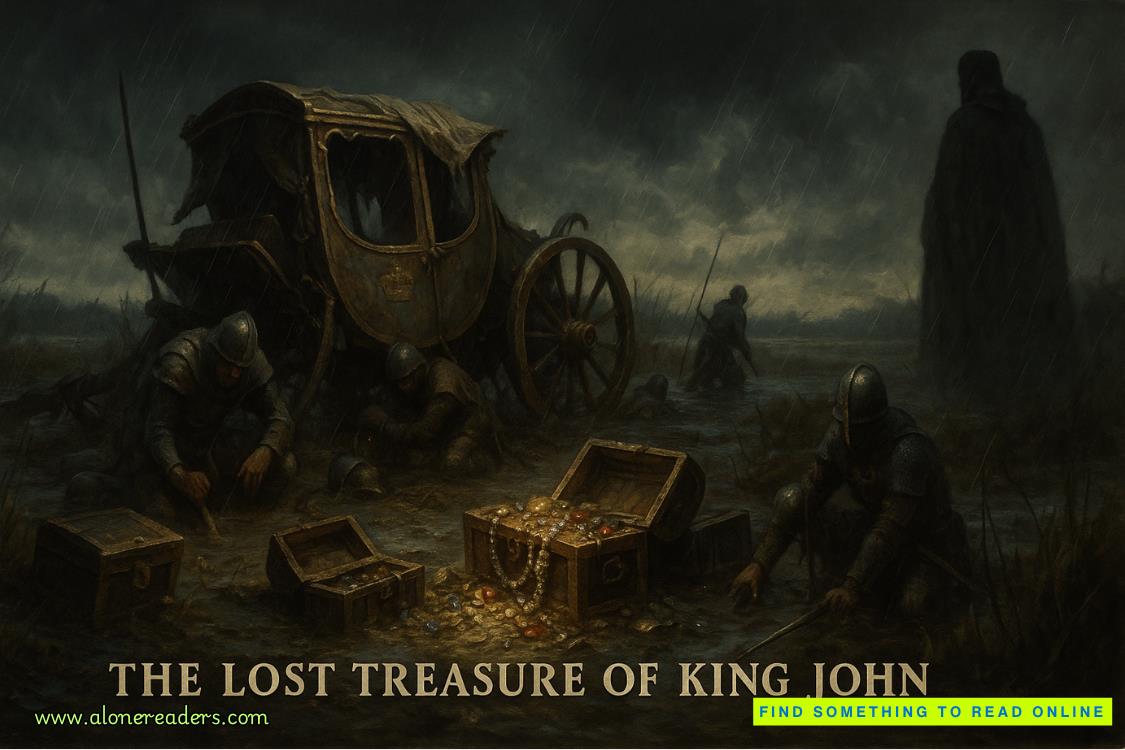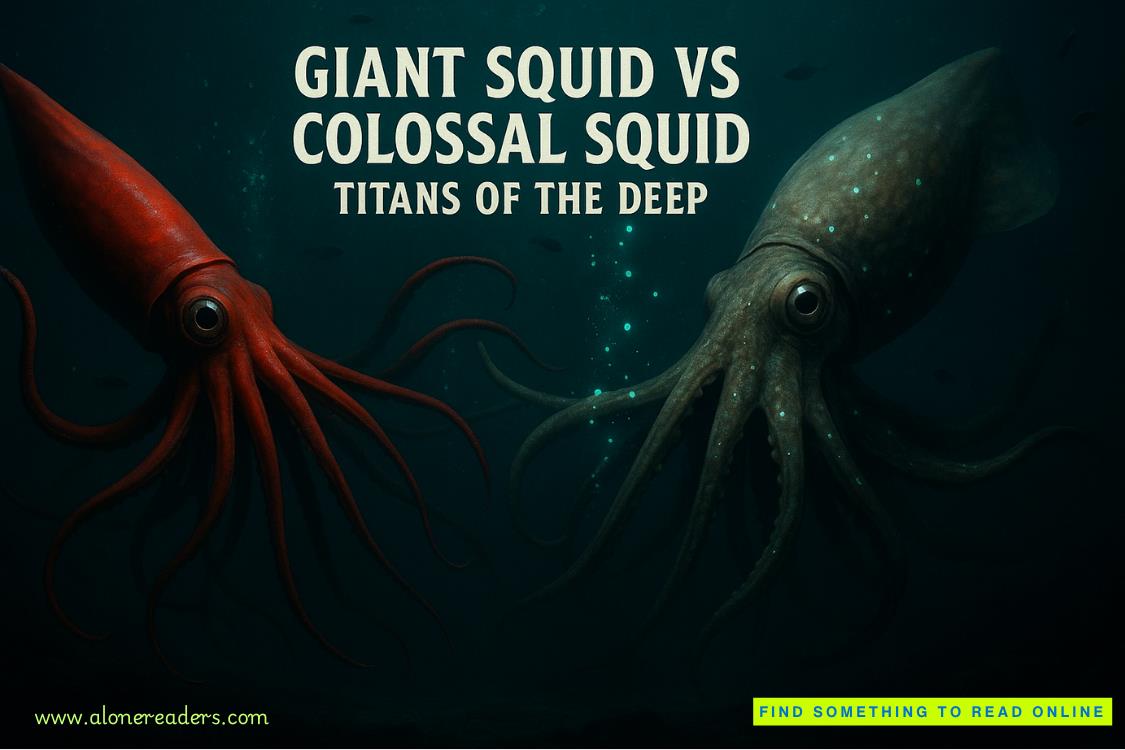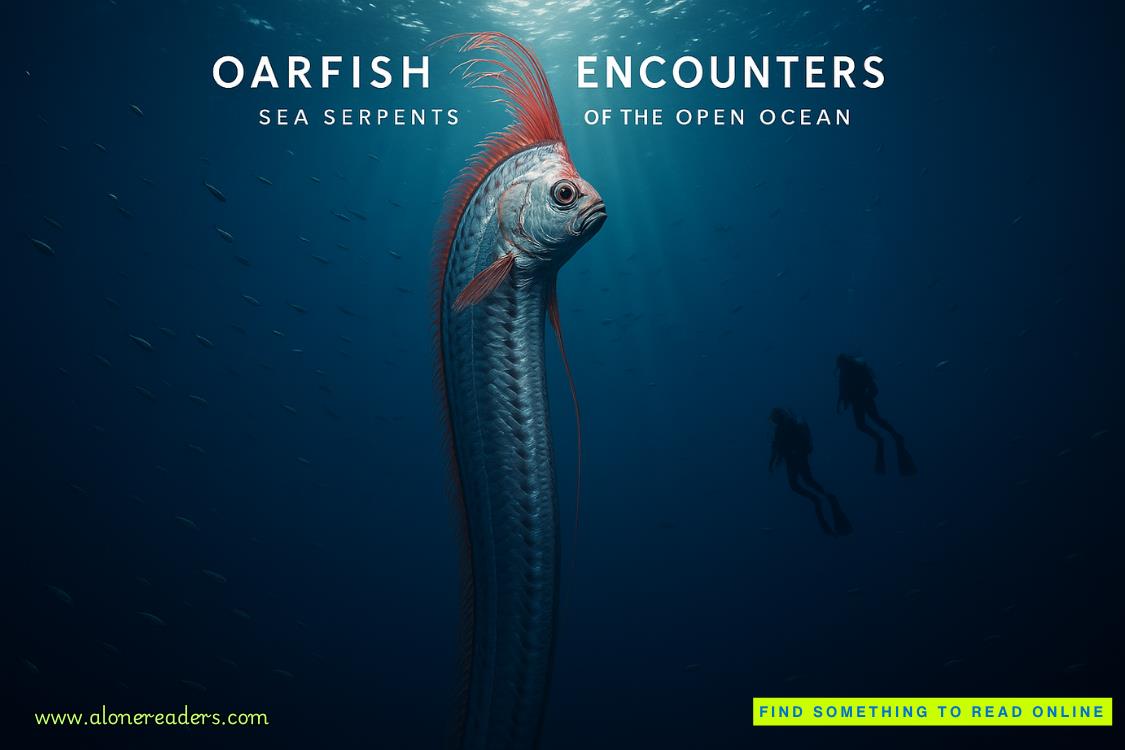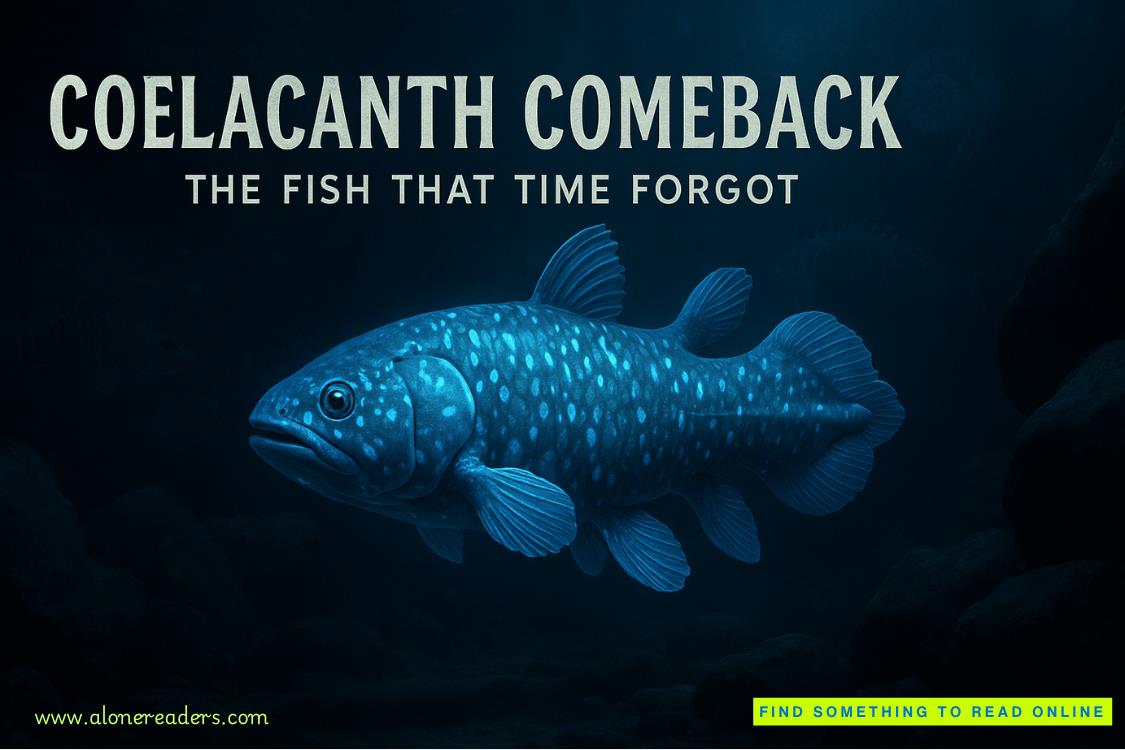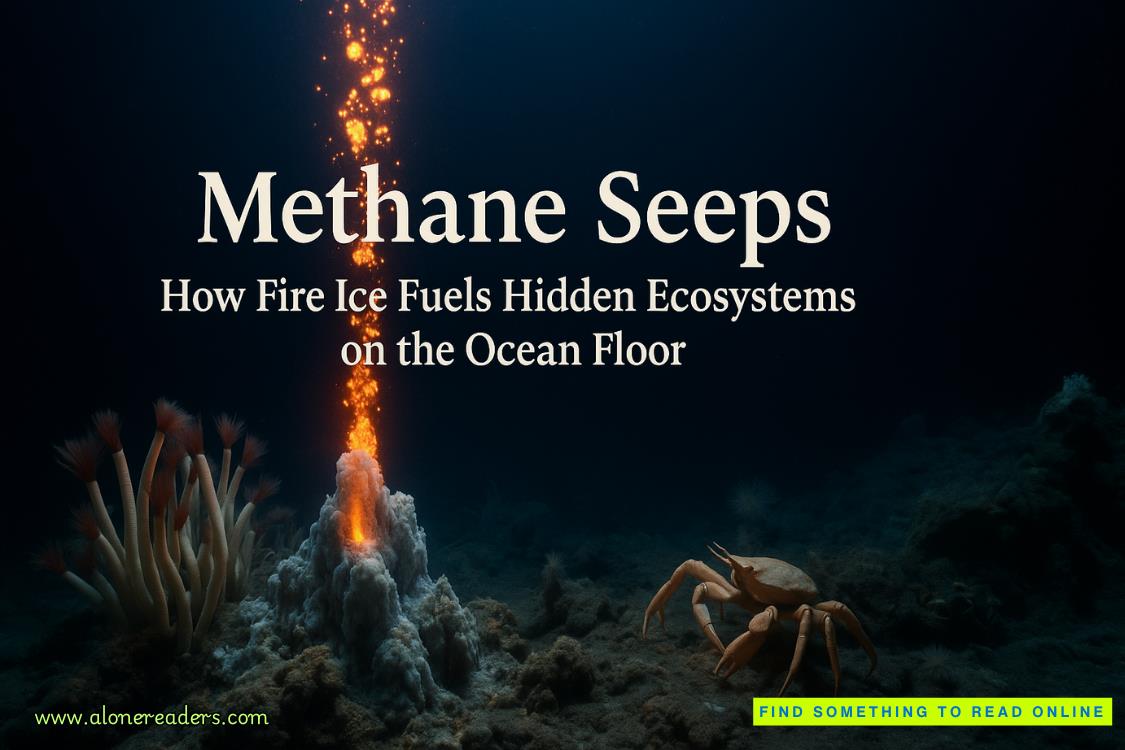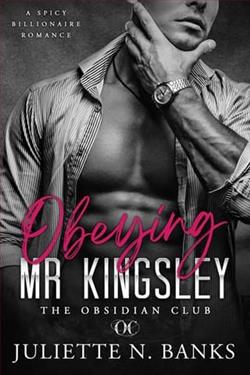Page 26 of The Presidents Shadow
“The government will fund a research investigation on your part. It’ll be you, me, and your chosen team in Australia. I hesitate to say that money is no object, but it really isn’t. Will you do it?”
The assignment is over-the-top dangerous. Should I do it?CanI do it? There is just one person who can help me decide. One person who is wise, thoughtful, and totally devoted to my vision of what the world should be like. I need advice. As soon as I disconnect from DaSilva, I ask that person for advice.
“Of course you’ll do it,” Margo says.
CHAPTER 33
IT’S AS SIMPLE as this: I have never been involved in a crisis as challenging and frightening as the one I am about to embark upon.
I assume that the unmarked government plane that takes me and my team from Andrews Air Force Base in Prince George’s County, Maryland, to Western Australia flew with the approval of President Townsend. When I ask the passenger service coordinator aboard if that was the case, he responds with a smile and a vague statement.
“That could be the case, Mr. Cranston. Meanwhile, what kind of beverage may I get you?”
Well, so much for that. A few minutes later the coordinator brings me a Diet Pepsi. It will be the first of a dozen Diet Pepsis I drink before our landing.
I know that the average flight time between the eastern coast of the northern Americas and the western coast of Australia is twenty-four hours. But I can’t stop drinkingsoda. I’m chewing the ice from my last beverage when the plane begins its descent.
I check my watch. Wow. This trip has lasted only ten hours.
“What’s the deal?” I ask the passenger coordinator. “I thought this flight was supposed to be twenty-four hours. Are we early?”
“Apparently, sir,” he says.
Ask a stupid question…
CHAPTER 34
AS PROMISED, DR. Anna DaSilva is there to greet us. I did a quick investigation of Dr. DaSilva, but all I could find—along with a long list of medical and professional awards and accomplishments—was that she is fifty-four-years old and unmarried. Meeting her in person doesn’t do a lot to fill in the blanks.
One striking fact of her appearance is that she is wearing a biohazard jumpsuit.
We shake hands, and I say, “I see you’re dressed for work.”
“I’m always dressed for work,” she says, unsmiling. “My work—and yours—is a twenty-four-hour job.” Her delivery isn’t rude, but it is definitely no-nonsense. I’ll need to keep that in mind, and I’d better warn Hawkeye and Tapper, two guys with a lot of talent but a penchant for wisecracks.
As Dr. DaSilva checks and rechecks her phone, I study my surroundings. Frankly, there isn’t much to study. One landing strip, with our one and only plane cooling andresting on the tarmac. No one else other than my colleagues and I have disembarked. No pilot. No copilot. Not even the overworked passenger service guy.
At the end of the landing strip is a small aluminum building that looks like an art deco diner from a few hundred years ago.
“Where’s the crew?” I ask.
“Why do you need to know?” Dr. DaSilva says. Her voice remains gentle, but I don’t like the evasion.
“Look, Mr. Cranston,” she continues, but I interrupt with, “Please, call me Lamont,” in an effort to break some of the ice.
Her voice becomes soothing.
“Look, Lamont. This is a terrible situation.”
“I understand that, Doctor.”
“Please, call me Anna,” she says. Then she continues.
“I am so deep into the ugliness and potential destructiveness of the Austravid that I don’t know who I am, where I am, how we can possibly get through this. I try to avoid answering questions that are not connected to the disease itself. I’ll soften up as we start working together. Because, Lamont, I am honored and excited that you have agreed to help out.”
“That’s all I want to do,” I say.
She talks quickly now. “I know who you are. I know what you’re capable of doing. President Townsend has enormous respect for you—”
